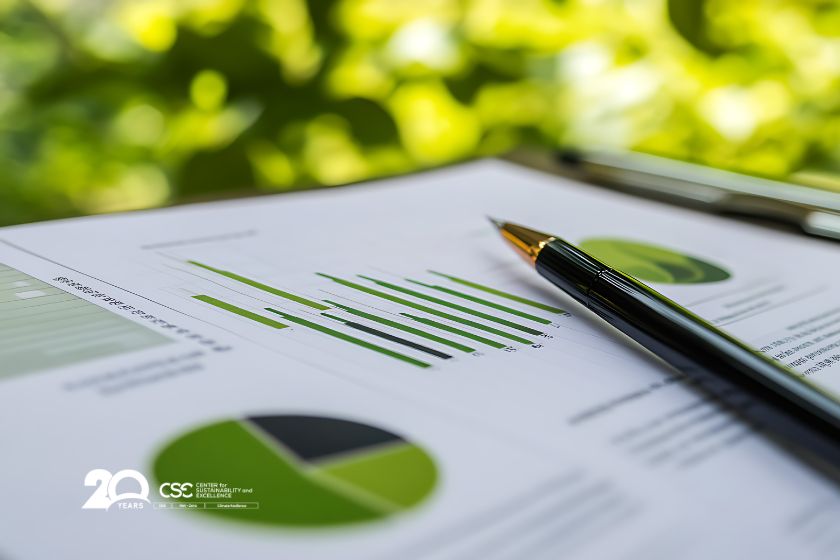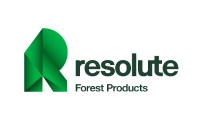In 2025, sustainability reporting in the European Union is undergoing a major shift, driven by a coordinated effort to reduce administrative complexity while preserving essential safeguards. Following the recent vote in the European Parliament, the regulatory landscape for ESG disclosure is set to change significantly, with a strong emphasis on proportionality and targeted impact.
On 13 November 2025, the Parliament approved a package of reforms that introduces:
- higher reporting thresholds,
- streamlined due diligence obligations,
- and new digital tools designed to make compliance easier, especially for smaller market players.
These updates mark a notable recalibration of the Corporate Sustainability Reporting Directive (CSRD) implementation process and the broader EU sustainability framework.
Under the revised approach, sustainability reporting will apply only to large companies employing more than 1,750 people and generating over €450 million in annual turnover. Only companies meeting these thresholds will also fall under the EU Taxonomy reporting rules. The European Sustainability Reporting Standards (ESRS) will be simplified, requiring fewer qualitative disclosures, while sector-specific standards will become voluntary. Importantly, SMEs will be shielded from excessive information requests, as larger partners will be prohibited from asking for data beyond what voluntary standards define.
Due diligence obligations will also narrow in scope. They will now apply solely to very large EU and non-EU corporations with more than 5,000 employees and turnover exceeding €1.5 billion, adopting a risk-based rather than exhaustive information-gathering approach. Companies covered by these rules will no longer be required to prepare Paris-aligned transition plans, and liability will shift primarily to the national level.
To support businesses, the European Commission will introduce a new digital portal providing free access to templates, guidelines, and all EU sustainability reporting requirements—complementing the European Single Access Point and further reducing compliance costs.
Background
In light of the postponed implementation of sustainability reporting and due diligence requirements, the new proposal aims to streamline these obligations and ease the compliance burden for businesses. These revised rules form part of the Omnibus I simplification package introduced by the European Commission on 26 February 2025.
Why These ESG Changes Matter
Whether you’re an ESG professional, compliance officer, or sustainability leader, the 2025 changes bring strategic advantages:
- Simplified ESRS disclosures streamline internal reporting.
- Clear thresholds: Large companies finally know where they stand.
- SMEs gain relief from burdensome supplier demands.
- Risk-based due diligence focuses efforts where they matter most.
- Stronger competitive edge by redirecting admin effort to strategic ESG initiatives.
- High demand for ESG-trained professionals capable of interpreting evolving EU rules.
Rapporteur of the Legal Affairs Committee Jörgen Warborn (EPP, SE) said: ”Today’s vote shows that Europe can be both sustainable and competitive. We are simplifying rules, cutting costs, and giving businesses the clarity they need to grow, invest, and create well-paying jobs.”
Key Regulatory Thresholds (Effective 2025)
The revised rules narrow the scope of companies required to report under CSRD and conduct due diligence:
| Requirement | Threshold (2025 Onward) |
| CSRD Reporting | ≥ 1,750 employees AND ≥ €450M turnover |
| Due Diligence Obligation | ≥ 5,000 employees AND ≥ €1.5B turnover |
Note: These thresholds apply to EU-based and non-EU companies with substantial operations in the EU.
5 Steps to Prepare Your Business
- Review Company Eligibility
- Conduct a threshold assessment against the new employee and turnover criteria.
- Map reporting timelines against CSRD phased implementation (starting 2025–2028).
- Align with Materiality & CSRD
- Identify material sustainability topics using double materiality.
- Align KPIs with ESRS and EU Taxonomy criteria.
- Shift to Risk-Based Due Diligence
- Prioritize high-risk sectors, geographies, and suppliers.
- Document due diligence steps clearly for auditors and stakeholders.
- Use EU’s Digital ESG Portal (Coming 2025)
- Access reporting templates
- Get guidance from EFRAG and Commission
- Centralize updates on reporting requirements
- Train Your ESG Team
- Ensure your team understands CSRD, ESRS, EU taxonomy, and reporting tech tools.
- Programs like CSE’s ESG Practitioner training offer case studies and applied exercises.
4 Mistakes to Avoid
- Assuming “simpler” means “easier” – Regulations still require precision.
- Over-reporting irrelevant data – Focus on what’s material under ESRS.
- Starting late – Preparing in 2025 may be too late for 2026 reporting.
- Neglecting team training – ESG roles are becoming increasingly specialized.
How Companies Are Adapting in Practice
- Automotive manufacturers are digitizing ESG data flows across global suppliers.
- Financial institutions are modifying ESG investment screens to match taxonomy updates.
- Retail conglomerates are moving from spreadsheet-based disclosures to SaaS platforms aligned with CSRD.
- SMEs are negotiating clearer ESG obligations with corporate buyers.
Frequently Asked Questions
What is the CSRD in simple terms?
It’s the EU’s updated sustainability reporting regulation that applies to large companies. It replaces the Non-Financial Reporting Directive (NFRD) and requires disclosures on environmental, social, and governance (ESG) performance.
Does every company have to comply?
No. The CSRD applies only to companies above certain size and revenue thresholds. SMEs are mostly exempt or only face indirect obligations through business partners.
Is ESG training worth it in 2025?
Absolutely. With regulatory complexity increasing, companies are prioritizing qualified ESG professionals who understand both reporting requirements and strategic ESG management.
Want to Future-Proof Your ESG Career?
Join the European Certified Sustainability (ESG) Practitioner Program – Advanced Edition by the Centre for Sustainability & Excellence (CSE).
Learn hands-on ESG strategy, CSRD & ESRS compliance, EU Taxonomy, and double materiality.
Only 2 spots left – 20% discount available
Preparing early gives you a compliance edge and opens up new sustainability leadership opportunities. The 2025 EU ESG rules are a turning point for business transparency. For more information contact us at marketing@cse-net.org







